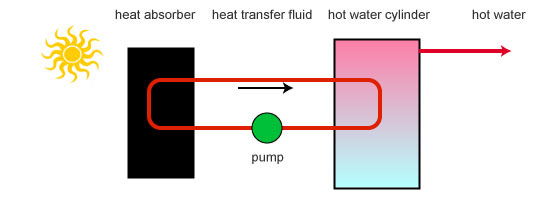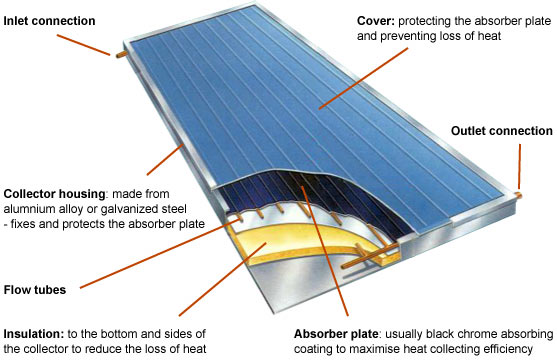Several years ago, I decided to tackle my junk mail issue. My mailbox was filled with catalogs and other junk mail every day and I realize this amounted to an enormous amount of waste despite the fact that I recycled everything. The idea of cutting down trees, printing catalogs and mailing them to a recipient who immediately disposes of them is the epitome of an unsustainable reality and I wanted no part of it.
I took several approaches to eliminating junk mail. First, I subscribed to the TrustedID - one of several direct mail preference services and entered my preferences on their website. This organization effectively handles the rest for you, here is what they say on their webpage:
We act on your behalf to protect your consumer rights and get your
opt-outs processed. You can keep track of your opt-outs, and if you
receive the mail again, we will follow up. We work with over 8,000 companies — and the largest data brokers — to
honor your choices and protect your privacy. We have processed over 25
million opt-outs by over 1.7 million account holders.
The direct mail industry also offers another option known as the National Do Not Mail List. Both are good examples of an industry policing themselves in order to reduce their own costs. Here is how they explain their service:
As direct marketers ourselves, we know that mail-order companies don't
want to waste their money sending mail to people who don't want to
receive it.
They'll gladly take your name off their lists when
they're asked to do so. But with countless mail-order companies doing
business today, you just can't contact enough of them on your own to
make a difference. The postage alone would cost a fortune!
A similar option is available from DMAchoice.org which also offers an option for reducing junk email.
Incidentally, if you have not already signed up with the National Do Not Call Registry - a service of the Federal Trade Commission, you can reduce the number of telemarketing phone calls that way. I have signed up for that service, but still get solicitation phone calls. The way to eliminate these is to refer to their caller ID and call them back, many of them offer an option of "press 1 to be removed from our calling list", and if not some of them will connect to an actual person who will remove you from their list if you ask nicely. I feel that is important to be polite when asking to be removed - the person you are talking to is not the bad guy here, just an employee.
Finally, when all else fails I made a simple rubber stamp that prints the following:
please remove
from your mailing list
thanks
Of course you can also write this on their subscription form. This is particularly useful when they provide you with a postage free return envelope. All I do is remove the return section, stamp it next to my address and stick it in their envelope. They get the message eventually!
I also reduce mail in general by paying all my bills electronically either through direct debit or paying through the company's web portal.
At this point I can honestly say that I rarely get any junk mail whatsoever. I still do get a few catalogs and mailings from companies I do business with.
According to another junk mail reducing web site: www.41pounds.org: "The average adult receives 41 pounds of junk mail each year of which 44% goes to the landfill unopened" (or hopefully it is recycled). They have more statistics that make the idea of reducing this waste very compelling. They have a $35.00 one-time fee and use $10 to support effective non-profits like Habitat for Humanity.
If more of us took this simple action, we could have a significant impact.
On a slightly different topic, I have also subscribed to Incogni - a service that removes all of your personal information from the Internet. From their website:
Data brokers collect your personal information and profit off it at the
expense of your privacy. Let Incogni help you take back control of your
data, reduce spam, and prevent scam attacks by opting you out of their
databases automatically.
A one month or two months subscription should take care of everything, just be sure to cancel your subscription after two months. After this it is largely unnecessary.



























